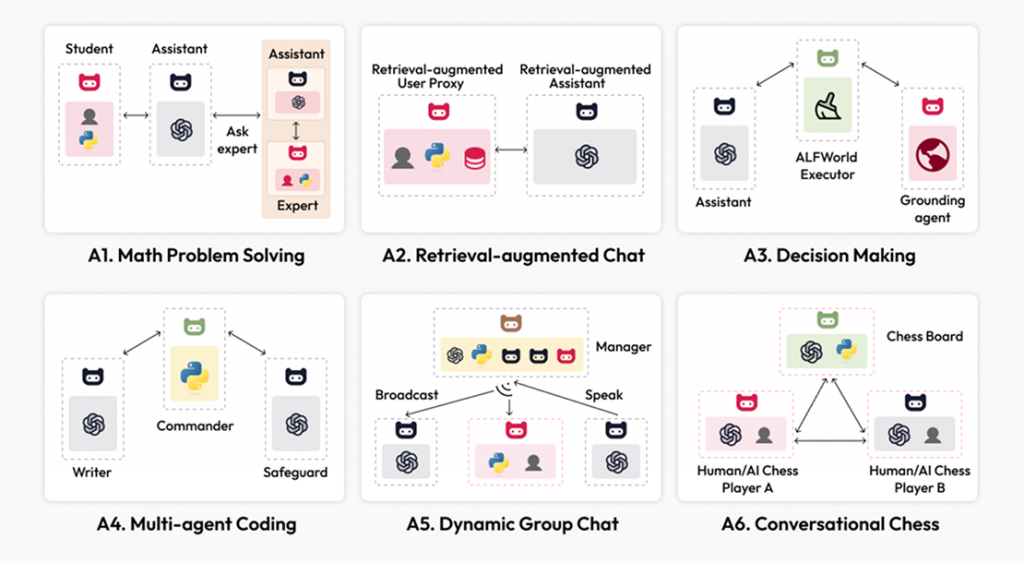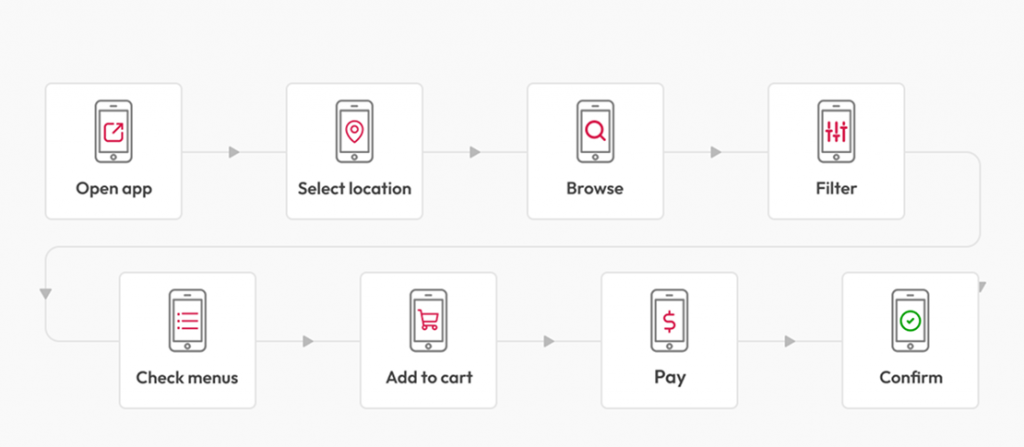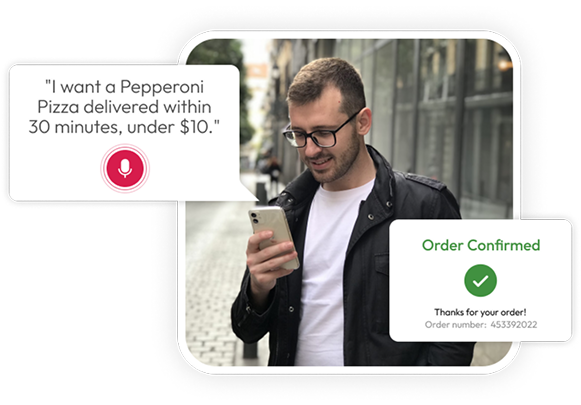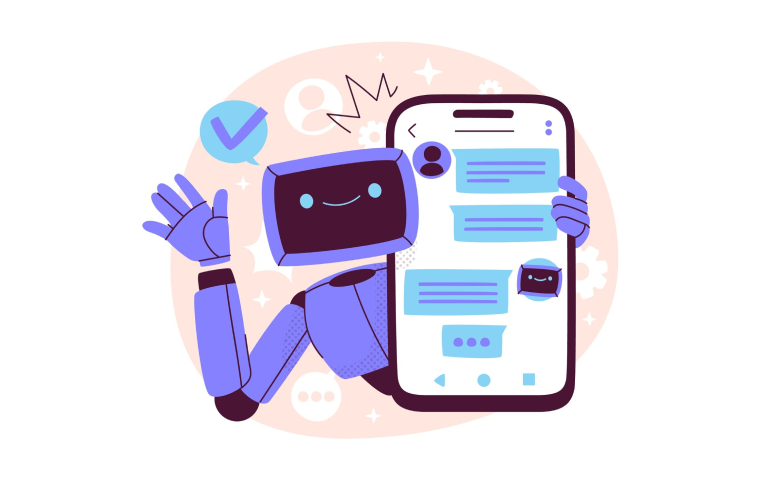Large Language Models (LLMs) are powerful but struggle with complex, multi-step tasks that require reasoning, planning, or domain-specific expertise. Multi-agent systems address these limitations by structuring AI as a team of specialized agents, each handling a distinct function.
Some agents focus on real-time data retrieval, others on structured problem-solving, and some on refining responses through iterative learning.
So, how do these AI agents interact, and what makes them a game-changer for enterprises leveraging AI-driven decision-making? Let’s explore.
Multi-agent systems
 Popular multi-agent frameworks
Popular multi-agent frameworks
- Autogen
- Crew AI
- LangGraph
Applications of Multi-Agent systems in complex problem-solving
The image below illustrates the power of multi-agent LLM collaborating to solve complex tasks across various domains. It highlights six scenarios: math problem-solving, retrieval-augmented chat, decision-making, multi-agent coding, dynamic group chat, and conversational chess. By automating chat among multiple capable agents, these systems can collectively perform tasks autonomously or with human feedback, seamlessly incorporating tools via code when required.

Image: Automated agent chat examples of applications built using the multi-agent framework
Each scenario demonstrates specialized agents or components, such as assistants, experts, managers, and grounding agents, working together to enhance problem-solving, decision-making, and task execution. This demonstrates how multi-agent systems can leverage complementary skills to enhance problem-solving, decision-making, and task execution in various domains.
Example of multi-agent LLM in action
Let’s take a food ordering use case:
- Past (human-driven mode) → users manually scroll through menus, apply filters, and place order
- Present (co-pilot mode) → AI suggests options based on preferences, but users still take actions
- Near future (auto-pilot mode) → AI fully understands user intent and automates ordering with a simple prompt.
Current process (too many steps) ↓

AI-powered future (frictionless experience)

AI understands, searches, personalizes, and completes the order—all in seconds.
The multi-agent system handles the budget, dietary preferences, and location and finalizes the order. Minimal user input. Just confirm with a simple “Yes.”
Advantages of multi-agent systems
- Saves time.
- Reduces cognitive load.
- Creates personalized experiences.
- Makes technology adapt to humans (not vice versa).
This way we’re shifting from clumsy interfaces to intuitive conversations. The future isn’t about more features. It’s about making AI feel truly effortless, intelligent, and personal.
Now, imagine this seamless AI-driven approach transforming industries:
- Travel – itineraries, analyzing budget or creating marketing campaign banners.
- Healthcare – distributed diagnosis and care coordination.
- Finance – stock market simulations.
- Customer support – instant, context-aware resolutions.
- And countless B2B & consumer applications.
Traditional software apps
- Operates on predefined rules and generates fixed outputs.
- Interacts with specific databases via rigid business logic.
- Updates are manual and infrequent.
AI agents
- Leverages LLMs to dynamically interpret and respond, continuously refining outputs.
- Connects to multiple (often siloed) data sources and tools for comprehensive decision-making.
- Learns from new inputs over time to improve performance.
Considerations for enterprises
Enterprises should build agent-driven solutions when dealing with proprietary data or specialized workflows. This offers tighter control, customization, and strategic value. Begin with internal use cases to refine processes, establish guardrails, and build trust. As workflows stabilize, scale to customer-facing use cases for maximum impact. Focus on high-value areas where multi-agent systems can significantly enhance efficiency and user experience.
Ready to leverage multi-agent systems for next-gen LLM-powered chatbots or any other AI/ML initiatives? Our experienced team deeply understands your needs, tracks market trends, and delivers tailored, high-impact solutions using the right multi-agent framework.







